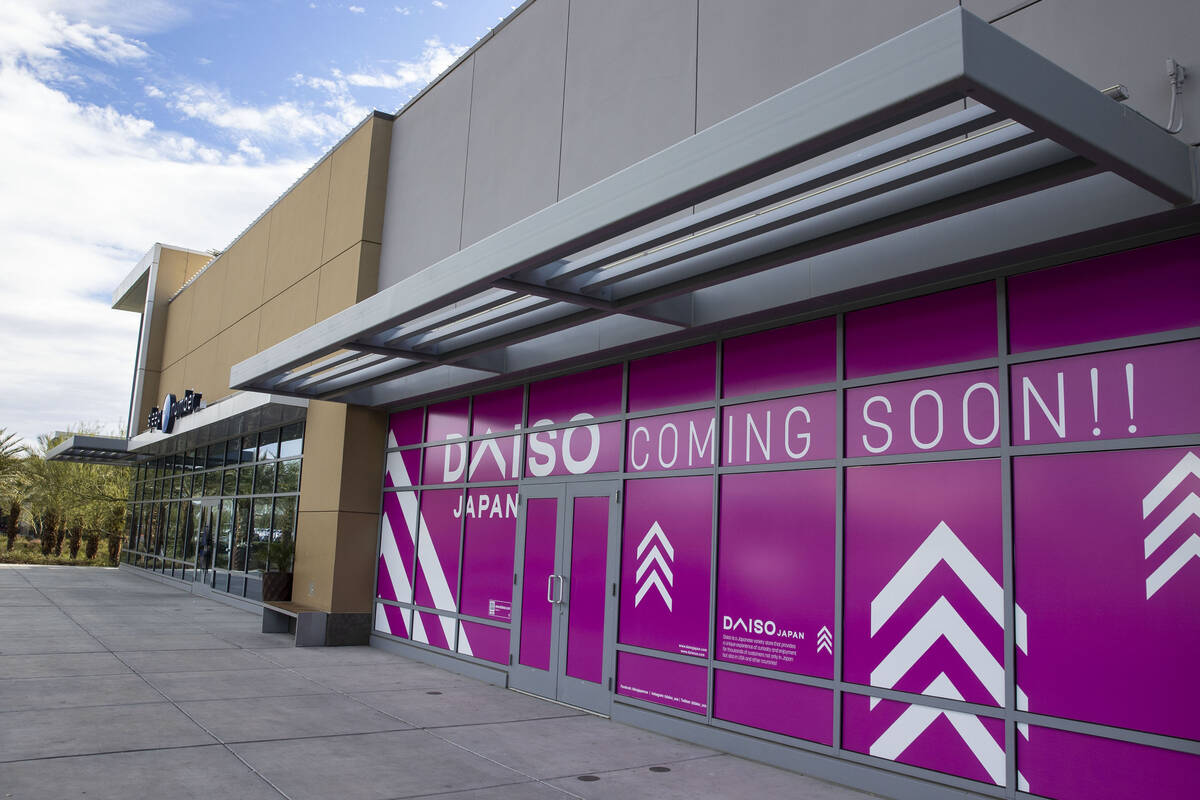CARSON CITY, Nevada – Record heat and historic drought in the western United States are unlikely to stop cities from welcoming millions of new residents in the decades to come.
From Phoenix to Boise, officials are preparing for a future with more people and less water to balance growth and conservation. The development is constrained by the fact that 46% of the western region is made up of 11 states and is administered by agencies such as the US Forest Service and the Bureau of Land Management, charged with preserving it for future generations.
That has led officials in states like Nevada and Utah to get the federal government to approve land transfers so developers can build homes and businesses on previously public land. Supporters in the two states have convinced environmentalists in the past with provisions that use proceeds for conservation projects, receive other states and prevent road construction, logging or energy exploration.
A small group of opponents argue that routine approval of such “swaps” to encourage growth is unsustainable, especially in areas that rely on shrinking water supplies.
In the seven states that depend on the Colorado River – Arizona, California, Colorado, Nevada, New Mexico, Utah, and Wyoming – a regional drought is so severe that less water flows into Lake Mead and Lake Powell, the two man-made reservoirs in which the river water is stored.
If Lake Mead levels continue to sink as planned in the summer, the federal government is likely to issue its first official deficiency statement, cutting the amount of water that Arizona and Nevada receive.
The predicament is playing out in the Las Vegas area, where environmental groups, local officials and home builders have joined forces behind a proposal from US Senator Catherine Cortez Masto, who was heard in the Senate this week.
The Nevada Democrats are pushing for what they call the largest conservation bill in the state’s history to designate more than 8,094 square kilometers of land for additional protection – roughly the size of Delaware and Rhode Island combined – and 48 square miles (124 square miles) Square kilometre). Kilometers) for commercial and residential development roughly the size of San Francisco.
Some conservationists support the proposal because it will add state to the Red Rock Canyon National Conservation Area for recreation and add some undeveloped parts of Clark County, which is Las Vegas, and the Desert National Wildlife Refuge as “wilderness areas” by the Bureau of Land Management would be classified “, which offer greater protection than national parks.
Jocelyn Torres, field director for the Conservation Lands Foundation, said at the Senate hearing on Wednesday that the protective measures would restore land to more efficiently sequester carbon, which would help mitigate rising temperatures.
“Our public land offers our best chance to address climate change and our biodiversity crisis, and to invest in our local communities and economies,” she said.
Efforts reflect efforts over the past decade in Washington and Emery Counties, Utah, to manage land, label wilderness, and sell other plots to developers to meet growth projections. The US Census Bureau reported that St. George, Washington County was the fifth fastest growing metropolitan area in the country last year.
In both regions, affordable housing is a major concern for civil servants. Soaring property prices in California have resulted in a flow of people moving to nearby states like Nevada, Arizona, and Colorado, where open land, lower tax rates, and jobs are attracting new residents.
The fast growing area of Las Vegas lacks the housing supply to meet projected population growth. A 2019 study by the University of Nevada, Las Vegas found that Cortez Masto’s legal references predicted that Clark County’s population would grow 35% to 3.1 million by 2060. This increase will be difficult to manage without building in existing communities or public land.
“Because of this federal property, our planning and development options are very limited and require ongoing coordination with federal agencies,” said Marcie Henson, director of the Clark County Department of Air Quality.
Growth can stretch an already limited water supply. Water authorities support the proposal, which provides funding for the maintenance of the canals used to recycle sewage through Lake Mead. The region has enacted some of the most aggressive conservation efforts in the US West, including an outright ban on ornamental grass in certain locations in preparation for growth.
Last year, water authorities forecast a worst-case scenario where consumption patterns and climate change could force them to find other supplies as early as 2056. Critics say the projections are worrying.
“This legislation does not provide for a fixed, sustainable water supply in 50 years,” said Kyle Roerink, executive director of the Nevada-based conservation group Great Basin Water Network. “When you combine that with everything we read about on Lake Mead and the Colorado River, it is very precarious to come up with a bill that will invite another 825,000 people to the Mojave Desert.”
John Entsminger, general manager of the Southern Nevada Water Authority, said in a statement that the proposal “will help secure the water resources and facilities that SNWA needs to provide reliable and safe water to our customers for decades to come.”
When Cortez Masto’s proposal was unveiled, little was said about how water will be included in plans for future growth, or whether the conservation components of the bill might have any impact.
Roerink said the plan’s funding allocations for the water infrastructure must be accompanied by additional “serious, realistic modeling” of the Colorado River.
“When an entity says, ‘Let’s go and build some houses in this region,’ it means that water will be there forever,” he said.
———
Associated Press reporter Suman Naishadham in Washington, DC contributed to this report. Metz is a corps member of the Associated Press / Report for America Statehouse News Initiative. Report for America is a not-for-profit national utility that places journalists on local newsrooms to cover undercover issues.













